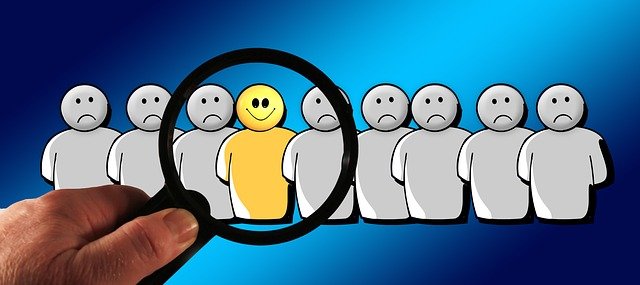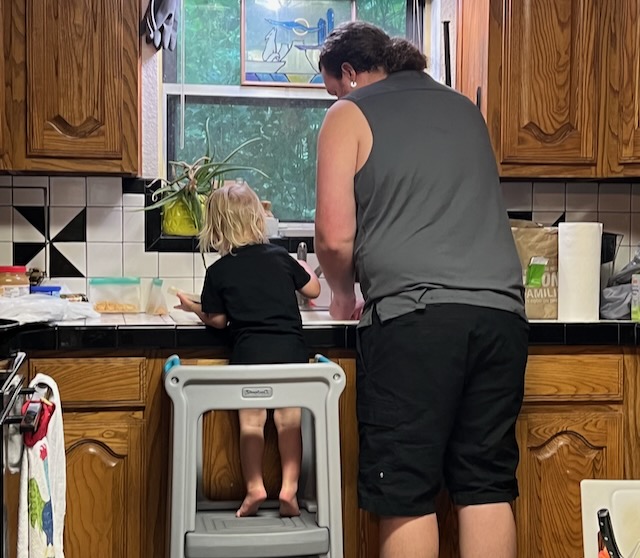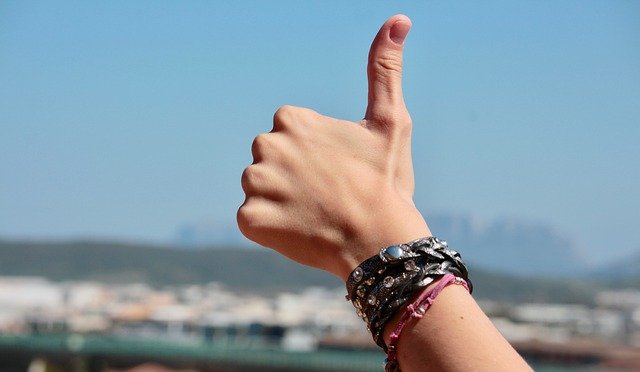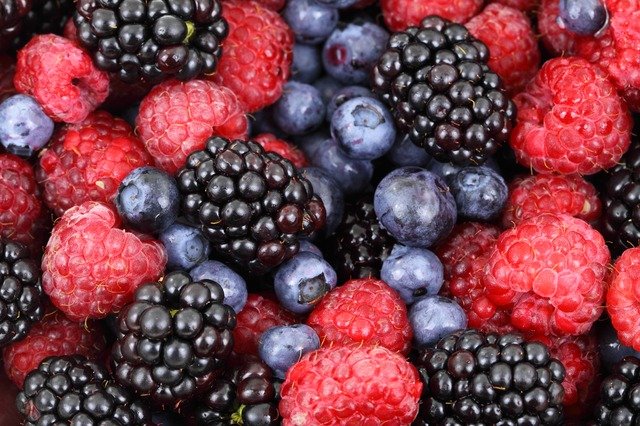As a Dad to three daughters I have a great deal of sympathy for the pressure put on women with regard to appearance (a trend that, sadly, has also been pushed on men with a growing ferocity for the last twenty or so years). Just one glance at the magazine rack at the bookstore, movies and TV, and even popular internet media sites and you are pelted with images of unachievable fitness and beauty that have been rendered by the best makeup and photoshop artists available. When searching for a photo for this article, the first result that was returned was an image of a young woman holding a sign that said “Love your body”. She looked like a supermodel. Point missed entirely.
The combined messages that the media portrays about what beautiful is and that this artificial beauty defines some sort of worth as a human are incredibly harmful. Body positivity shouldn’t have to be a thing. Despite these images persisting, there is a very public discussion occurring that disparages these notions, and thankfully it is starting to make a few inroads. Still, more is needed – and needed fast. Being action oriented and forward thinking, we address this issue in our curriculum and have done so for decades.
Our curriculum this week focuses on what makes us unique from moment one – our genes. We are all a unique combination of genes donated from our parents, our parents parents, and their parents before them. Our hair color, whether it is straight or curly, thick or thin, and whether it stays put over our life or, as with some of us, retreats never to return – this is in our genes. Our shape in general is also in our genes. Are you tall or short? Do you have long legs or short legs? Are you barrel chested or thin chested? Do you have a natural smile or a downturned mouth that gives the impression of a frown? Your genes at work again? Beyond these physical traits there are also anomalies coded into many of us that make us rare even beyond first glance. In short – our genes make us wonderfully unique in that when you gaze at someone for the first time – you are seeing an original work that has never before been produced. While our genes are beyond our control, it is entirely within our grasp to embrace this uniqueness regardless of how it compares to some artificial ideal.
My own family is split into rail thin people who hover around six and a half feet tall and people that frequently don’t clear five feet who might lovingly refer to themselves as squat. My brothers and sisters represent the spectrum of these features. Far more important than these physical descriptors (which echo the focus on magazine covers) is how each of us chooses to work with what we have. Among the key things we teach at school and that can be reinforced at home:
– Eat healthy and in the right portions. Taking care of your body is important. It likely will never resemble a magazine photo, but fueling your body properly will help it serve you well and keep you healthy for a long time. This philosophy drives our menu daily.
– Feed your brain. Taking time to develop our intellect as best as we can fuels our hobbies and passions and makes us more complete people. Being curious is a massively valuable tool we can all have in our arsenal. Montessori work shelves invite children to feed their curiosity and challenge their intellect every day.
– Engage with others. People who engage with and obviously care for other people have a more realistic view of themselves. The more we engage with different types of people and the broader the number of ways we do so, the more our own world expands and the broader the context we can work with to define ourselves. Montessorians are all over this.
– Lend a hand. We have written a lot about mentoring. Lending a hand goes well beyond this. While we encourage helping in the classroom and taking care of the environment we live and work in, there is a big world out there that benefits as well. Get involved in community events and take your children along to help. Help them see firsthand that sharing their abilities helps them grow.
When we look at a magazine cover, we don’t see anything desirable. We see a human that has been turned into an advertisement for an illusion. When asked to describe the most interesting people we meet there is rarely anything physical in the answer. We list traits that go beyond the features handed down to them through the generations and tend to emphasize the qualities they have developed over the years. Start early and challenge your children to embrace who they are and to grow their value to themselves and others every day. That way when someone meets them for the first time they can see them for what they are – a true original that is worthy of love and respect.




